Private Lunar Lander Burns In Atmosphere
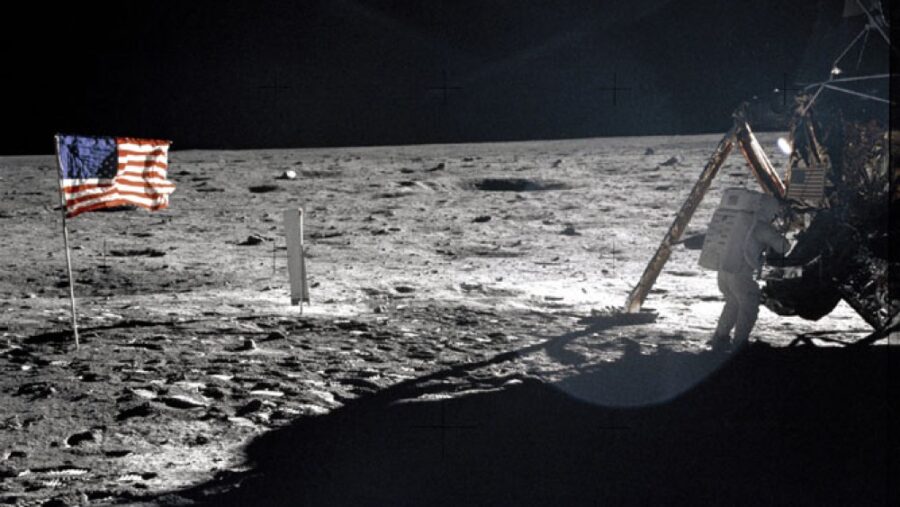
The Peregrine lunar lander, a privately developed spacecraft from Astrobotic Technology, met its demise on January 18 after lingering in space for over a week. The doomed mission, which aimed to be the first U.S. lunar lander in over 50 years, faced insurmountable challenges, leading to a fiery end as it re-entered Earth’s atmosphere.
What Went Wrong
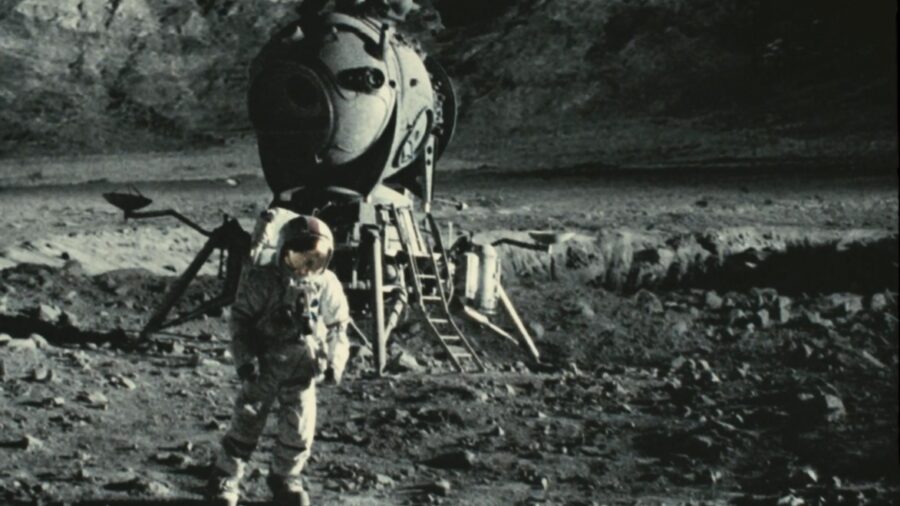
The Peregrine spacecraft, designed to travel to the Moon and settle on its surface, encountered a critical propellant leak shortly after its launch into orbit on January 8. The malfunction left the lunar lander with no feasible way to reach its intended destination. Despite the early setback, engineers spent nine days working to salvage the mission and protect the onboard instruments.
The Lost Payload
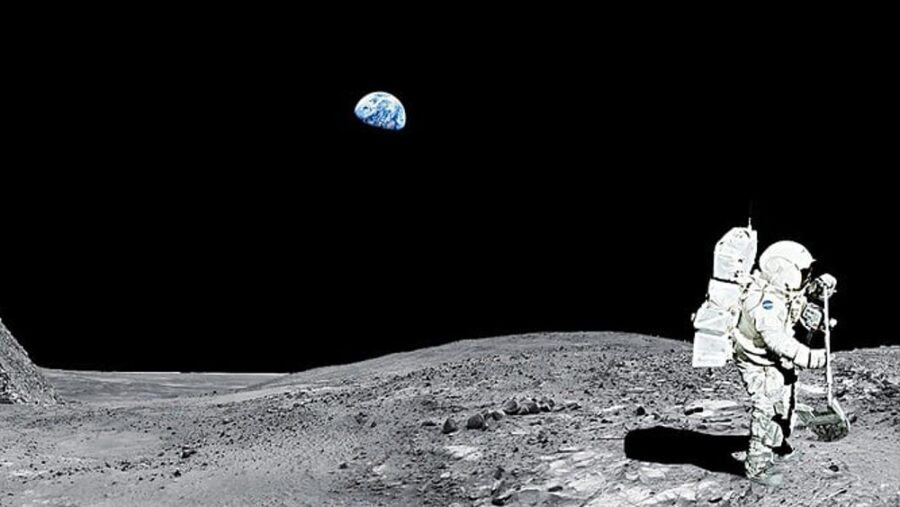
The Peregrine Moon lunar lander was carrying a payload of 24 items, 11 of which were contributed by NASA as part of the Commercial Lunar Payload Services (CLPS) initiative. This included instruments like the Laser Retro-Reflector Array (LRA) and the Linear Energy Transfer Spectrometer (LETS), which are crucial for measuring lunar surface characteristics and ensuring astronaut safety in upcoming missions.
The Peregrine lunar lander also contained small robots from Mexico and a time capsule from Carnegie Mellon. The time capsule holds a variety of elements, such as images, poems, and musical compositions. Memorial companies Celestis and Elysium Space have also incorporated DNA, such as hair samples, and the cremated remains of more than 200 individuals as part of a space memorial mission.
The Final Resting Place Of The Peregrine Lander
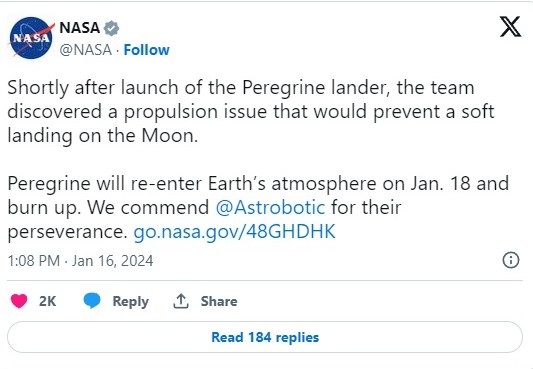
Although they managed to stabilize the Peregrine lander, attempting a controlled landing on the Moon was deemed impossible, marking the end of the lunar exploration endeavor. Official confirmation of the spacecraft’s demise came from Astrobotic Technology, which reported that the Peregrine safely burned up in Earth’s atmosphere at around 4:04 p.m. ET over a remote area of the South Pacific Ocean.
However, the company said it was still waiting for independent confirmation from government entities. The Peregrine mission would have been the first U.S. lunar lander in over five decades and, if successful, would have marked the first commercially developed spacecraft to land on the Moon. NASA acknowledged the efforts of Astrobotic in a statement despite the mission’s unfortunate outcome.
NASA’s Involvement
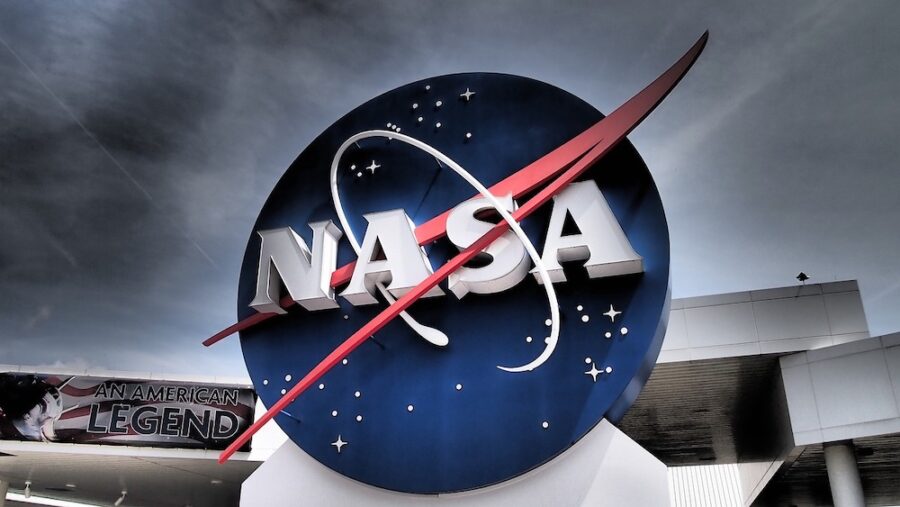
The mission was part of NASA’s Commercial Lunar Payload Services program, aimed at encouraging the development of new lunar landers by private sector companies. NASA would eventually contract these companies to transport cargo and scientific instruments to the Moon. Intuitive Machines, a Houston-based company, will launch its own lander as part of the same initiative in February.
Japan Recently Landed On The Moon
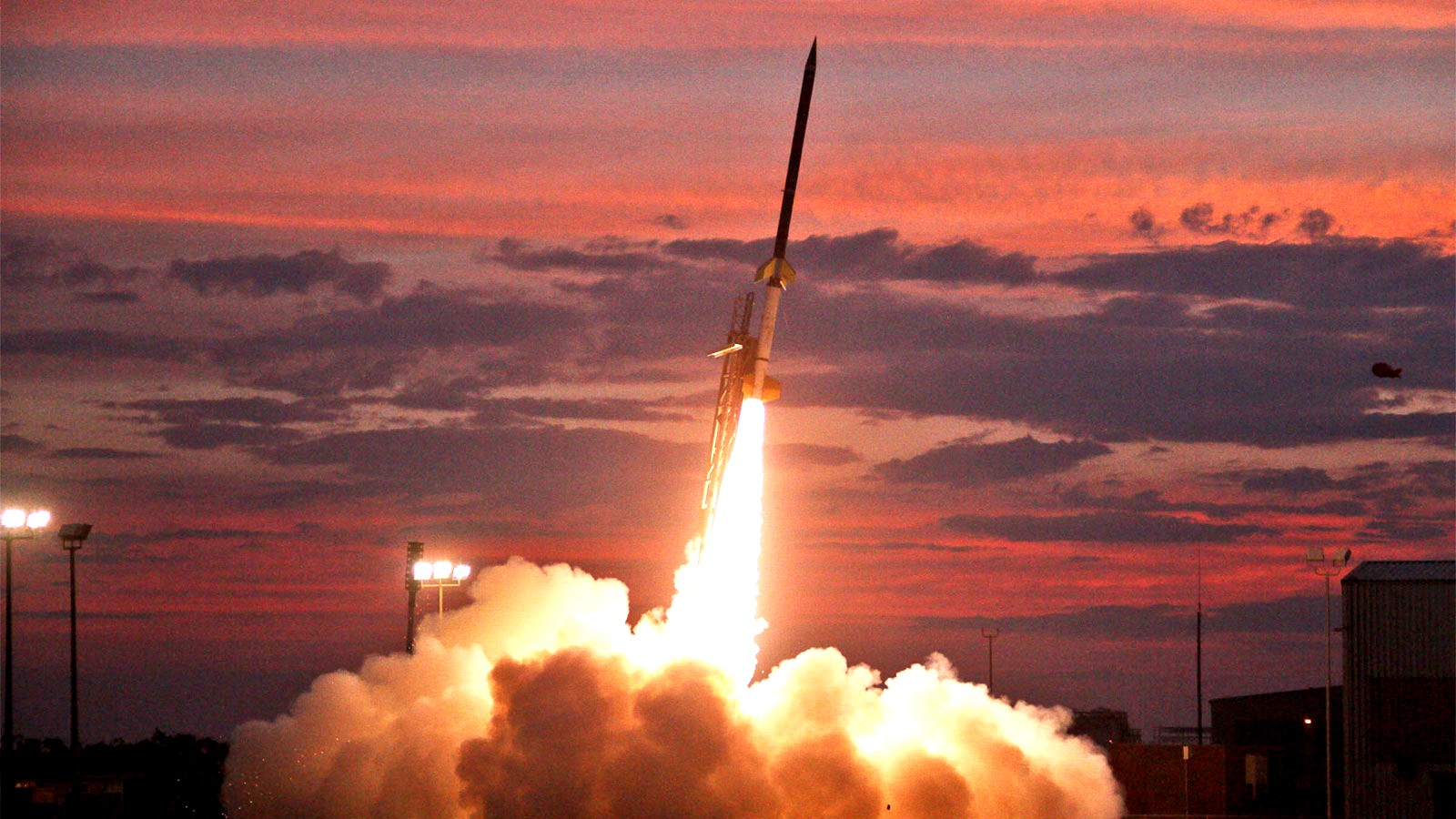
While the Peregrine lunar lander mission faced a premature end, a Japanese robotic spacecraft accomplished a successful lunar landing on January 20. However, its operational duration is constrained to a few hours due to inactive solar panels. The feat makes Japan the fifth nation to achieve a soft landing on the Moon.
For JAXA, Japan’s space agency, the mission marked its first attempt at landing on a planetary body beyond Earth. The spacecraft, named the Smart Lander for Investigating Moon (SLIM), aimed to showcase precision landing capabilities with an unprecedented accuracy of a football field’s distance from the targeted destination.
Source: NBC News












